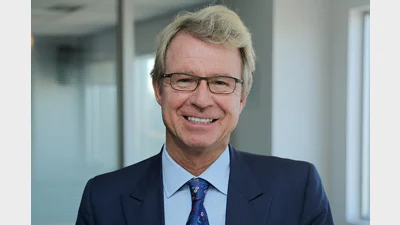Real assets appeal rise for insto investors


Institutional investors are increasingly choosing real assets in the past three years in a bid to boost investment returns and manage macro-environment risks, according to BlackRock.
The firm's survey of 201 executives showed 46 per cent of respondents have increased their allocation to real estate, infrastructure, commodities, timber and farmland, while 60 per cent plan to do so in the next 18 months.
Infrastructure investment is gaining traction despite being less mature than other real assets, with 66 per cent of the respondents owning assets.
"A large number of investors are interested in additional equity investments (72 per cent) while the newly emerging institutional infrastructure debt opportunity is already on the radar of many investors (38 per cent)," BlackRock said.
Of those who want to increase allocations, 51 per cent are showing interest in existing brownfield projects, while only 23 per cent are interested in newer greenfield projects.
"The message we hear repeatedly, all over the globe, is that governments are looking to partner with private investors to fund critical projects," global head of BlackRock Infrastructure Investment Group Jim Barry said.
Real estate is the most popular choice of real asset investments, with 96 per cent currently invested in it, and 59 per cent of them choosing a conservative exposure to the asset class through core equity.
Investors are also opting for value-added equity (47 per cent) and opportunistic equity strategies (34 per cent), which are more capital-intensive and have higher potential return profiles.
But investors are keeping an eye on interest rates, with respondents saying they would re-evaluate their allocations to real assets if interest rates rose significantly.
More than half of the respondents (59 per cent) said real estate is most sensitive to a rate rise, while 41 per cent said the same about infrastructure and 33 per cent said it about commodities exposure.
Recommended for you
Investors have slashed their US equity allocations to the lowest level on record, according to new data from Bank of America.
The message from experts in international trade and economists is that the Australian government should refrain from retaliating with reciprocal tariffs.
The market correction forecast by AMP’s chief economist is in full swing, with three weeks of turbulence culminating in significant losses on Tuesday.
Following a strong risk appetite in January, institutional investors have pulled back in February, with risk-seeking activity dropping to zero amid a decline in equity allocations.












